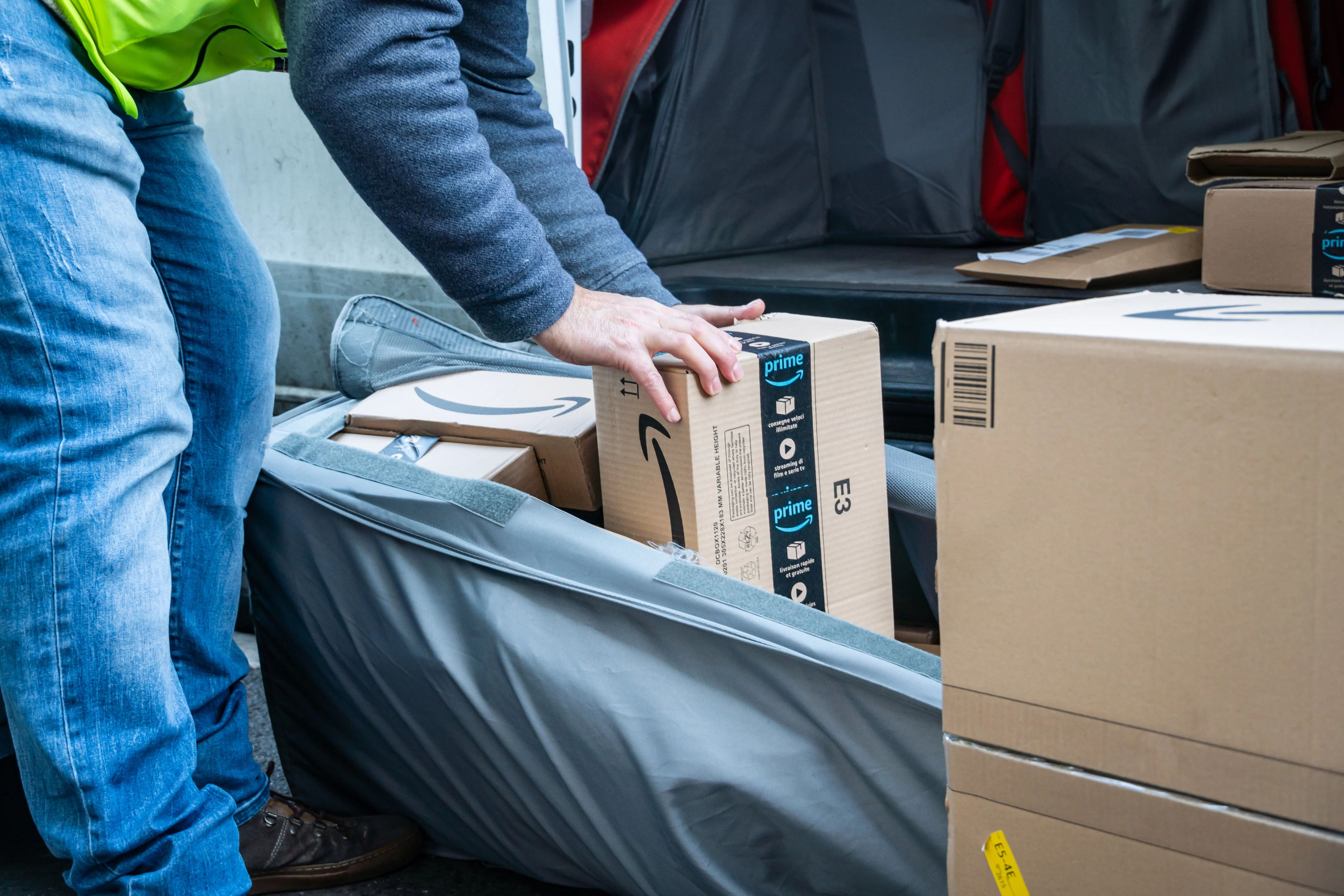By Luna Sun
Ahead of Amazon’s annual Prime Day sales event, Chinese sellers are already walking a tightrope as they try to strike a balance between staying competitive and adjusting to Washington’s tariffs.
Gloria Gu, an Amazon seller based in Zhejiang province, said her outlook for this year’s summer event – extended this year to a record four days, July 8-11 – was “not optimistic”.
Her company mainly sells household consumables – low-margin products that are highly price-sensitive. “Depending on the item, prices have gone up by 10 to 20 per cent,” she said, while the minimum discount requirement for Prime Day deals on Amazon’s platform is 20 per cent, the same as in previous years.
“We pass part of that on to consumers, but we also eat up some ourselves and ask our suppliers to share the burden,” she explained. But raising prices too much is not an option in Amazon’s hyper-competitive environment, she added.
“The market is still extremely cutthroat; we really can’t hike prices too much,” she said, noting that the platform’s own fees were also climbing.
With a US tariff deadline approaching on July 9 – marking the end to President Donald Trump’s 90-day pause on his “reciprocal tariffs” for most countries, excluding China – and with Amazon kicking off one of its biggest sales events of the year just a day earlier, many price-sensitive American consumers are waiting to see if they will be the ones hit hardest, as inflation and overall cost-of-living concerns are front of mind.
Morgan Gard, a Midwestern Amazon shopper, said she was seeing clear signs of volatility and an “overall increase in prices”.
She expected sellers on Amazon to increase prices to compensate for tariffs, thereby fuelling price fluctuations in products, no matter where they come from.
But it also “depends, in the moment, on the product”, Gard said, noting that a fan she bought last week for US$26, made by a Chinese company, now costs US$37. But a US$9.99 shirt dropped in price to US$8.49.
They just know that their grocery bills are going up, and that’s not OK
Morgan Gard, Amazon shopper
She added that she was more concerned with overall inflation, and that most consumers probably did not know why prices are rising.
“They just know that their grocery bills are going up, and that’s not OK,” she said.
New York-based Annabelle Zhou has seen a noticeable increase in grocery prices on Amazon, but small changes on small items, “maybe just a dollar or two here and there, are not enough to change how I shop”.
For her go-to Chinese planner brand, Moterm, the price has crept up from US$45 to US$46.99. “Honestly, that’s still a small change compared with the overall price,” she said.
Americans continue to grapple with the broader weight of inflation, which remains stubbornly above the US Federal Reserve’s 2 per cent comfort zone, driven in part by food, housing costs and tariff effects, though inflation in the US cooled from around the 3 per cent mark in early 2025 to 2.4 per cent in May.
Tariffs are also complicating the Fed’s path forward just as price pressures have begun to ease.
With tariff deadlines for America’s trade partners fast approaching, raising uncertainty for cross-border e-commerce, Fed Chair Jerome Powell told the media on Tuesday that rate cuts had been postponed due to inflation from new tariffs.
Prices for made-in-China goods sold on Amazon have also been rising slightly faster than overall inflation, according to an exclusive Reuters report. The median price of a basket of more than 1,400 such products sold to US buyers was found to have gone up by 2.6 per cent between January and mid-June, outpacing the US inflation rate for core goods.
The analysis showed that price increases for those goods began accelerating in May, signalling that Trump’s tariffs were “starting to filter through to consumers”, Reuters reported.
The shift to online shopping may also be cushioning some of the tariff impact – particularly for platforms like Amazon, said Wang Dan, director of Eurasia Group’s China team.
“Many US bricks-and-mortar retailers, such as Walmart and Target, are being hit much harder by tariffs,” she said. “But Amazon’s online supply chains remain largely intact. A lot of products from China that you can’t find in physical stores are still available online.”
She added that this could push more seasonal shopping – such as Black Friday demand – towards digital channels, ultimately benefiting Amazon and its Prime ecosystem.
